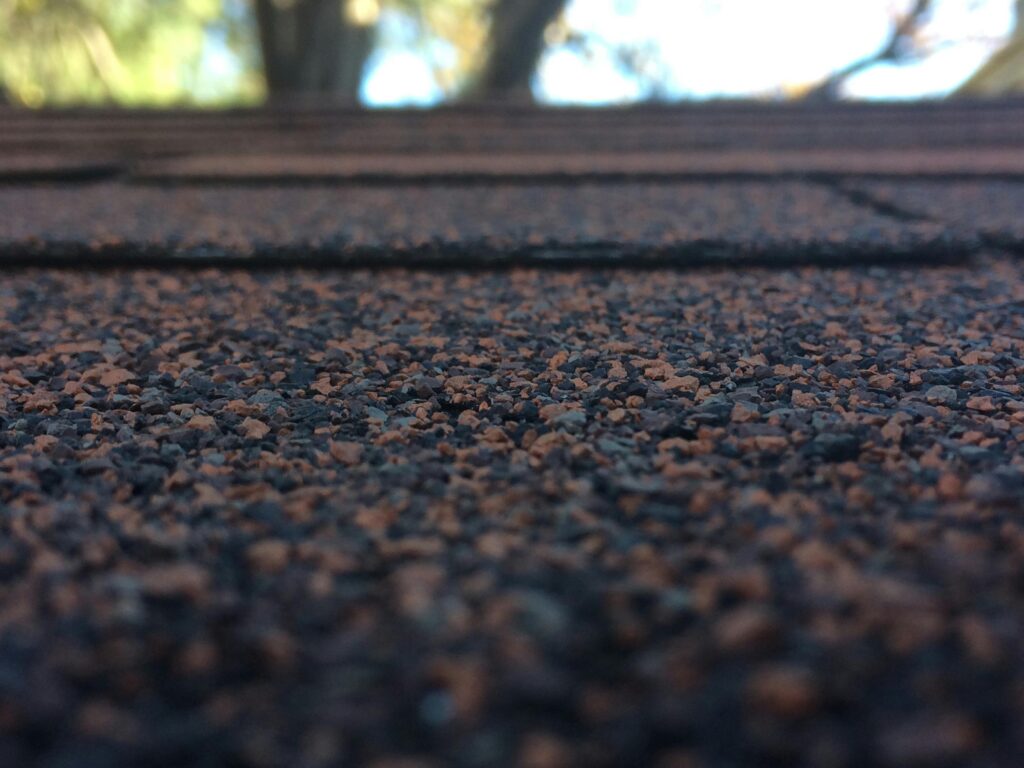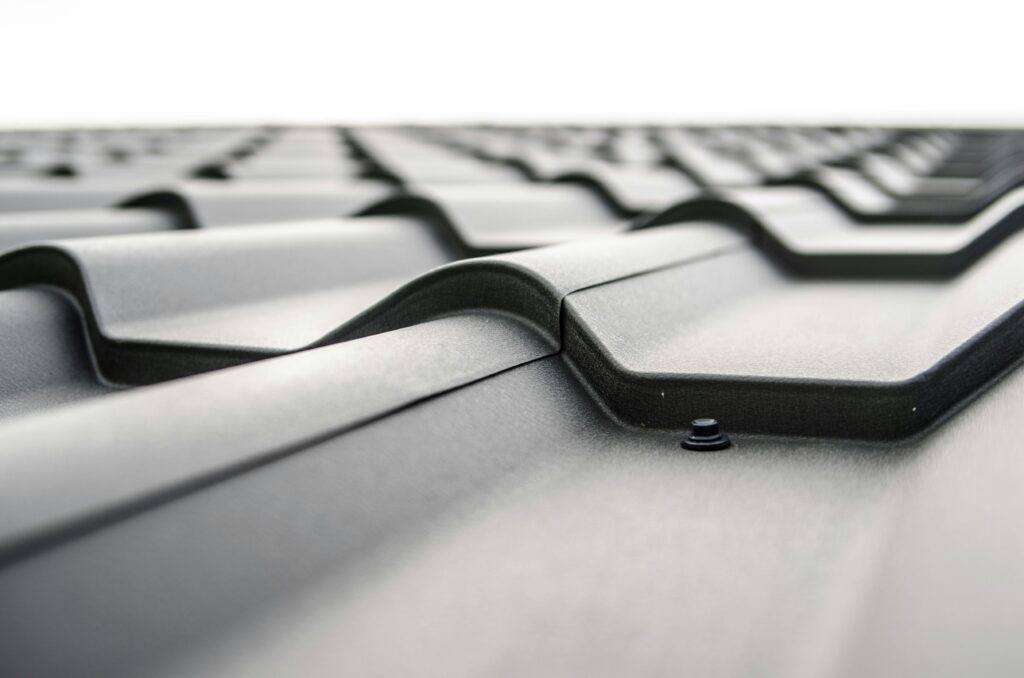Have you ever wondered how the right roof coating can make a significant difference in protecting your home and enhancing its overall aesthetic appeal? Choosing the right type of roof coating is essential for maintaining the longevity and durability of your roof. In today’s article, we will delve into the different types of roof coatings available in the market and how each one can benefit your home.
From popular options like asphalt shingles and metal roofing to more eco-friendly alternatives such as solar reflective coatings and green roofs, we will discuss the pros and cons of each type to help you make an informed decision. Whether you are looking to increase energy efficiency, add a unique design element to your home, or simply protect your roof from harsh weather conditions, understanding the various types of roof coatings is crucial.
By the end of this article, you will have a comprehensive understanding of the different types of roof coatings available and be equipped with the knowledge to select the best option for your specific needs. So, sit back, relax, and let’s explore the world of roof coatings together!
Table of Contents
ToggleUnderstanding the Importance of Roof Coatings
When it comes to maintaining the integrity of your roof, the choice of roof coatings plays a crucial role in enhancing its durability and longevity. Roof coatings are specially formulated materials designed to protect the roof from external elements such as UV rays, rain, wind, and debris. By applying the right type of roof coating, you can significantly extend the lifespan of your roof and reduce the need for costly repairs or replacements.
According to a study conducted by the National Roofing Contractors Association, roofs with proper coatings can last up to 15 years longer than those without any protective treatment. This highlights the significant impact that roof coatings can have on the overall performance and longevity of a roof. In addition, roof coatings can also improve energy efficiency by reflecting sunlight and reducing heat absorption, leading to lower energy bills and a more comfortable indoor environment.
One success story that illustrates the benefits of roof coatings is the renovation of a historic building in downtown New York City. The building, which was experiencing frequent leaks and structural damage due to its aging roof, underwent a complete roof coating project. The chosen roof coating not only restored the roof’s waterproofing capabilities but also enhanced its aesthetic appeal. As a result, the building’s maintenance costs were reduced, and its value increased significantly.
In conclusion, the importance of roof coatings in protecting and preserving the integrity of a roof cannot be overstated. By understanding the benefits of roof coatings and choosing the right type for your specific needs, you can ensure the long-term health and performance of your roof.
How to Apply Roofing Coatings Step by Step
When it comes to roof maintenance and protection, applying the right roofing coating can make a significant difference. Follow these steps to apply roofing coatings effectively:
1. Prepare the Roof Surface:
– Clean the roof surface thoroughly by removing any debris, dirt, or grime.
– Repair any cracks or damage on the roof before applying the coating.
– Ensure the surface is dry and free of moisture before proceeding.
2. Choose the Right Roofing Coating:
– Consider the type of roof you have (metal, shingle, tile, etc.) to select the appropriate coating.
– Determine the desired features such as reflectivity, waterproofing, or insulation.
– Consult with a professional if you are unsure about the best coating for your roof.
3. Apply the Roofing Coating:
– Start by mixing the coating as per the manufacturer’s instructions.
– Use a brush, roller, or sprayer to apply an even layer of coating on the roof surface.
– Work in small sections to ensure proper coverage and avoid missing any spots.
4. Allow the Coating to Cure:
– Give the coating sufficient time to cure as per the product guidelines.
– Avoid foot traffic or any other disturbances on the roof during the curing process.
– Consider the weather conditions to ensure optimal curing and performance of the coating.
5. Inspect and Maintain:
– Once the coating has cured, inspect the roof for any missed areas or irregularities.
– Schedule regular maintenance checks to ensure the coating remains effective over time.
– Address any issues promptly to prevent further damage to the roof.
By following these steps, you can effectively apply roofing coatings to protect and enhance the lifespan of your roof. Remember to consult with professionals for specific guidance and ensure proper application for optimal results.

Tips for Choosing the Right Roofing Materials:
✅ Consider the climate: Different roofing materials are suitable for different climates. Make sure to choose a material that can withstand the weather conditions in your area.
❌ Avoid choosing solely based on cost: While cost is an important factor, don’t let it be the only deciding factor. Consider the durability and maintenance requirements of the roofing material as well.
💡 Extra tip: Consult with a roofing professional to get expert advice on the best type of roofing material for your specific needs.
✅ Think about the style of your home: The roofing material should complement the architectural style of your home. Consider the color and texture that will best enhance the overall look.
❌ Avoid overlooking maintenance requirements: Some roofing materials require more maintenance than others. Make sure you are willing to invest the time and effort to keep your roof in good condition.
💡 Extra tip: Research the maintenance needs of different roofing materials before making a decision.
✅ Check the warranty: Different roofing materials come with different warranties. Make sure to understand the warranty coverage and any limitations before making your final choice.
❌ Avoid ignoring energy efficiency: Some roofing materials can help improve the energy efficiency of your home. Consider options that can help reduce heating and cooling costs in the long run.
💡 Extra tip: Look for roofing materials with high energy star ratings to maximize energy savings.
✅ Evaluate the durability: Consider the lifespan of the roofing material and how well it will hold up against elements like wind, rain, and snow.
❌ Avoid forgetting about local regulations: Some areas have specific building codes and regulations regarding roofing materials. Make sure the material you choose meets these requirements.
💡 Extra tip: Research the durability of different roofing materials and choose one that will last for many years to come.
Concepts Key
When it comes to roofing, one of the most important decisions homeowners face is choosing the right type of roofing material. The choice of roofing material can have a significant impact on the durability, aesthetics, and overall performance of a roof. In this section, we will delve into key concepts related to different types of roof coatings to help you better understand your options.
1. Asphalt Shingles:
Asphalt shingles are one of the most popular roofing materials due to their affordability, ease of installation, and wide range of colors and styles. These shingles are made from a combination of asphalt and fiberglass or organic materials. They are known for their durability and resistance to harsh weather conditions.
2. Metal Roofing:
Metal roofing is increasingly becoming a popular choice for homeowners looking for a long-lasting and energy-efficient roofing solution. Metal roofs can be made from a variety of materials such as aluminum, steel, or copper. They are known for their durability, fire resistance, and ability to reflect sunlight, reducing cooling costs.
3. Clay Tiles:
Clay tiles have been used as a roofing material for centuries and are prized for their classic look and durability. These tiles are made from natural clay and come in a variety of shapes, sizes, and colors. Clay tiles are known for their longevity and resistance to fire and insect damage.
4. Slate Roofing:
Slate roofing is a luxurious and high-end roofing option that is prized for its beauty and longevity. Slate tiles are made from natural stone and are extremely durable and resistant to fire, rot, and insect damage. While slate roofing is more expensive than other options, it can last for over a century with proper maintenance.
5. Wood Shakes:
Wood shakes are a popular choice for homeowners looking to achieve a rustic and natural look for their roof. These shakes are typically made from cedar, redwood, or pine and offer a unique aesthetic appeal. While wood shakes require more maintenance than other roofing materials, they are biodegradable and environmentally friendly.
6. Synthetic Roofing:
Synthetic roofing materials, such as composite shingles or rubber shingles, are becoming increasingly popular for their durability, affordability, and versatility. These materials are designed to mimic the look of traditional roofing materials like wood or slate while offering enhanced durability and resistance to weather damage.
By understanding the key concepts related to different types of roof coatings, you can make an informed decision when selecting the right roofing material for your home. Each type of roofing material has its own unique benefits and considerations, so it’s important to weigh your priorities and budget constraints before making a final decision.
Frequently Asked Questions about Types of Roofing Materials
❓ What are the most common types of roofing materials?
The most common types of roofing materials include asphalt shingles, metal roofing, clay tiles, concrete tiles, slate, and wood shakes.
❓ What factors should I consider when choosing a roofing material?
When choosing a roofing material, consider factors such as durability, cost, aesthetics, climate suitability, and maintenance requirements.
❓ Is one type of roofing material better than the others?
The best roofing material for your home will depend on your specific needs, budget, and preferences. Each type of roofing material has its own advantages and disadvantages.
❓ How long do different types of roofing materials typically last?
The lifespan of roofing materials varies depending on the type. For example, asphalt shingles can last about 20-30 years, while metal roofing can last 50 years or more.
❓ Are there environmentally friendly options for roofing materials?
Yes, there are environmentally friendly roofing options such as metal roofing (which is recyclable), clay tiles (made from natural materials), and cool roofs (which reduce energy consumption).


